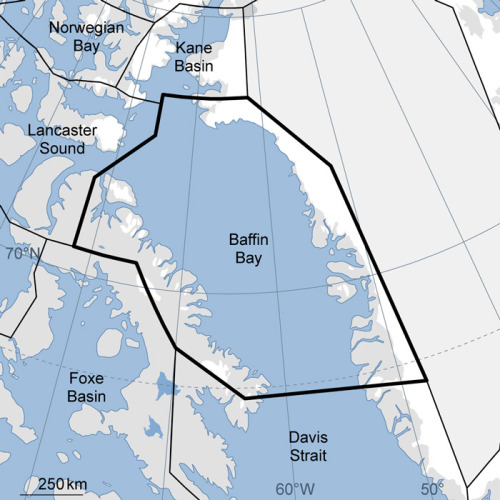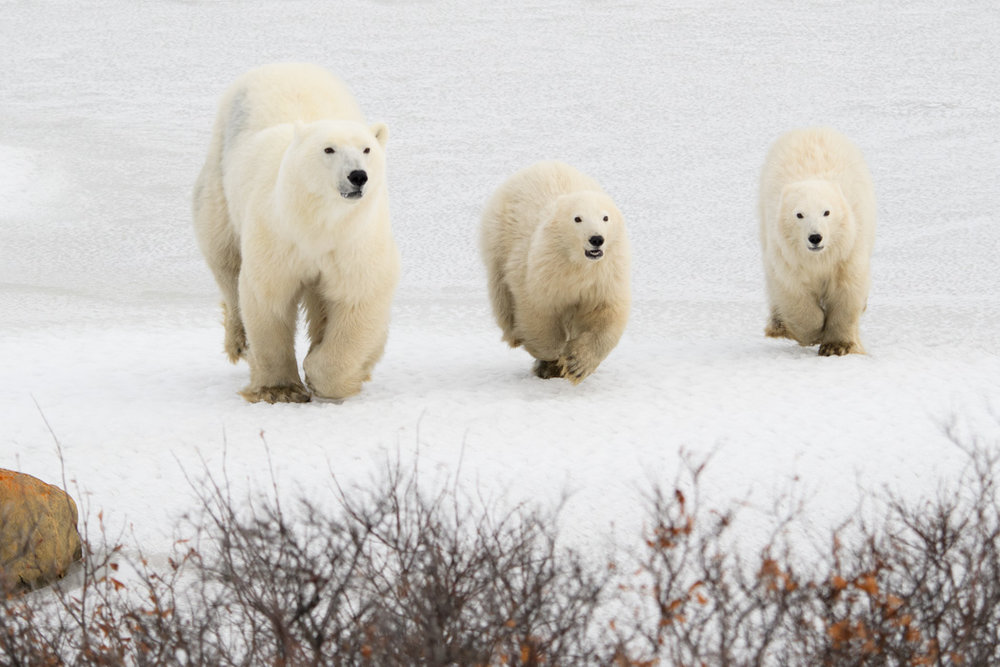by Steve Selden | Apr 20, 2017 | Videos
This massive ice berg off the coast of Ferryland, Newfoundland has been the talk of Canada and other world news stations. What a natural way to enjoy the day..gazing at icebergs floating by.
Iceberg chasers flocked to the coast of this town with a population of only 465 to gaze out at “Iceberg Alley” as this area of the Atlantic is known. This daunting iceberg is 15 stories high above waterline. However this only accounts for 10 per cent of its mass with the other 90 per cent below the surface.
“Most folks can’t wrap their heads around how big it is,” Barry Rogers, the owner of Iceberg Quest Ocean Tours, a Newfoundland tour operator, said in an interview on Thursday.
Over 600 icebergs have drifted into the North Atlantic shipping lanes so far this April, which is widely known as the beginning of iceberg season. The normal count for this time of year is around 80. And, while this parade of sorts is great for watchers the fishing industry in St. Johns for one is being held hostage. The entrance to the harbor is blocked by the dangerous behemoths and the fishermen are waiting for the winds and currents to clear a safe channel.
Icebergs of this size have been 15,000 years in the making. Snow on Greenland turned eventually to glaciers which broke free within the last few years and slowly floated out of Baffin Bay. Eventually the bergs are caught in the Labrador current heading south and end up in Iceberg Alley.
by Steve Selden | Feb 17, 2017 | Conservation
A 2016 Scientific Working Group report on two Arctic sub – populations was released last week and appeared to confirm what local Inuit have been seeing over many years. Polar bear populations in Baffin Bay and Kane Basin are considered stable and not declining as Polar Bear Specialist Group scientists previously claimed.

The IUCN Polar Bear Specialist Group had previously designated the two sub – populations to be in decline mostly as a result of over – hunting. The same regions were assessed by Environment Canada in 2014 and termed ‘data deficient” for Kane Basin and ‘likely declining’ for Baffin Bay.

The new report suggests the global population estimate should be adjusted to the plus side and the 2015 IUCN Red List also be revised. Currently the only sub – population to hold the ‘likely declining’ label is the Southern Beaufort region. With the new data at hand the global population size should rise from 22,000-31,000 (as designated by 2015 IUCN Red List) to 22,633-32,257 polar bears worldwide. This estimate is not including the surprising 42% increase in the Svalbard area of the Barents Sea sub – population. In 2015 975 polar bears were counted in that region nearly 300 more than the 685 counted in 2004.

Polar bears on the run to safety. Jeff Klofft photo
In the wake of continuous dark news regarding Arctic ice decline, this news, at very least, is encouraging from a species perspective. With action and continued conservation efforts from groups such as World Wildlife Fund, polar bears and the Arctic can be protected well into the future.




